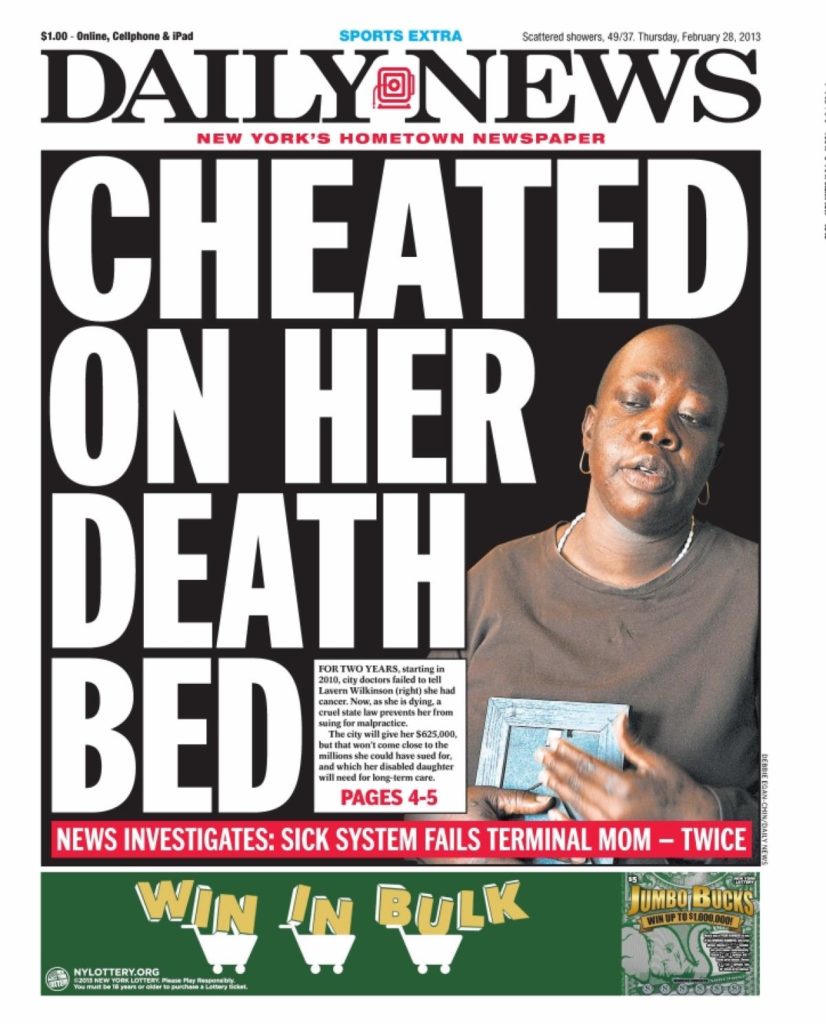
Last night, New York’s Gov. Andrew Cuomo signed legislation that alters New York’s auto insurance law, and it’s a win-win deal for everybody.
While the law sounds uber-wonky, it’s quite important due to a fundamental misunderstanding of how auto insurance works by the general public.
Most folks think that the insurance coverage they choose — let’s say a 250K limit — will protect them if they’re involved in a collision. But it doesn’t. That insurance only covers other people.
You, the injured driver, must pursue the guy that plowed into you at the intersection because he was checking his texts, through the limits of his insurance policy. And if his insurance policy is only, let’s say, the bare minimum 25K because his job is flipping burgers and he doesn’t really have a pot to piss in, then you with your fractured pelvis are, as we say in the law, shit out of luck.
But wait! There is one small hope for you, and that hope lies in your own policy provisions for getting involved in a collision with an uninsured or underinsured driver. That provision is known here in New York as Supplementary Uninsured/Underinsured Motorist (SUM) insurance.
The problem? The default on your policy was the state minimum, just 25K. And you can’t even collect that if have received the 25K from the guy that plowed into you.
Only a savvy person — or one with a conscientious insurance broker that informed him — would know that you could elect more SUM coverage. Most don’t, because most don’t know. My own legislator wasn’t aware of this whenI discussed this bill with her a few years ago, and found out only when her daughter was injured in a collision and got caught in this trap.
That law is the one that has now changed. Now the default choice is your SUM insurance matches the underlying coverage that you picked. So if you have a 250K policy you will have 250K SUM, and get as much protection for yourself as you are giving to others.
The cost is minimal and people can easily opt out. The thing is, those that are picking more than the minimum amount of coverage are the ones who understand that they likely have the most to lose. That’s why they bought the higher coverage in the first place.
When a bill becomes a law that has no losers attached to it, it’s a win-win all the way around.
I wrote about this back in June when it passed in the closing hours of the legislative session. The vote was 62-1 in the Senate and 104-6 in the Assembly.
People complain often about dysfunctional governments. But when they get it right we should take notice with a little golf clap in their direction.



 [Updated May 11, 2021 with new legislative links at the bottom]
[Updated May 11, 2021 with new legislative links at the bottom]